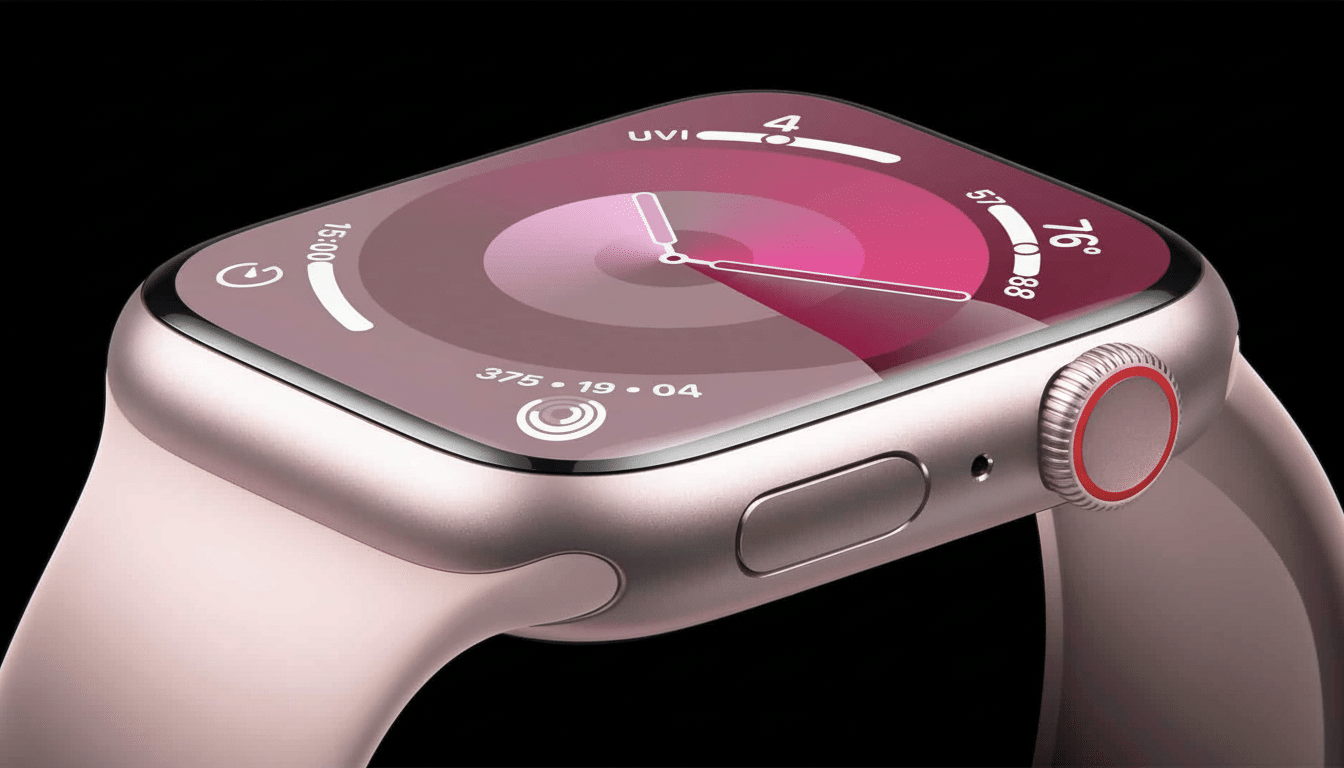Apple’s leading health improvement in Apple Watch 11 — notifications of hypertension — won’t be exclusive to the latest model. Apple’s own fine print says the feature is “pending regulatory clearance” and will be available on Apple Watch Series 9 and up, and Apple Watch Ultra 2 and up. In other words, many existing owners won’t need new hardware to be alerted about a potential chronic high blood pressure you hadn’t noticed before.
That’s a significant shift in how Apple positions its top health features. What appeared to be a key selling point for Watch 11 is actually more a matter of an ecosystem trick, exploiting sensors already in up-to-date watches, once the software and approvals are in place.

What Apple is really introducing
Text messages on hypertension are not the same as taking a blood pressure test. The watch isn’t shooting out systolic/diastolic numbers like a cuff. Instead, it is relying on optical signals from the wrist (photoplethysmography), heart rate trends and other contextual signals to identify patterns that could be indicative of long-term elevated blood pressure. When those trends last over time, the watch can alert you to the possibility of hypertension and recommend you follow up with a clinician.
This is in keeping with how wearables have treated other conditions: trend-first, number-last. Like irregular rhythm notifications and AFib history, Apple usually makes clear that these features are not diagnostic and must be confirmed by a healthcare professional through medical-grade testing. You should see similar language here: helpful for prompting action, but not a substitute for a thorough review.
Which watches will get it — and when
Footnotes on Apple’s product page say the feature will be available on Apple Watch Series 9 and later and Apple Watch Ultra 2 and later, subject to clearance from the U.S. Food and Drug Administration and local regulators in other countries. The feature is coming in a software update, which usually means you’ll need the latest version of watchOS and an iPhone that works with it. As with earlier health rollouts, availability is likely to be rolled out in phases based on country or region.
The punch line for owners of compatible models: keep your watch and iPhone up to date. When approved, these hypertension notifications will reportedly be manifested as a setting within the Health app and the Apple Watch app, with onboarding to explain what it is and isn’t, and how to understand the notifications.
Why this is important for public health
Hypertension is prevalent and increasingly an invisible threat. The Centers for Disease Control and Prevention estimates that nearly half of U.S. adults have high levels of blood pressure, and according to the World Health Organization, more than a billion adults worldwide have the condition, with many people unaware that they have it. Uncontrolled high blood pressure is a top risk factor for heart attack, stroke and kidney disease — conditions that frequently worsen before symptoms bring a patient to the doctor.

Wearables can help close that gap in awareness, nudging people to check their B.P. correctly, and if needed, to seek treatment — earlier. Apple has a history here: TheStanford Medicine Apple Heart Study showed that irregular rhythm notifications led to appropriate medical follow-up for a substantial number of people. Hypertension alerts are an effort to provide such an early-warning nudge for a distinct — but even more common — cardiovascular risk.
Accuracy, limitations, and best practices
Cuffless blood pressure technologies have, however, been greeted with a note of caution by health organisations. A scientific statement by the American Heart Association says that a lot of wrist-worn, optical-based approaches still need more rigorous validation and shouldn’t be relied on in isolation to diagnose and make treatment decisions. That’s precisely why Apple frames this as “notifications” and not as a replacement for a cuff.
If you get an alert, double-check with a home blood pressure monitor or consult your clinician. The U.S. Preventive Services Task Force suggests out-of-office BP measurements for diagnosing hypertension. Measurements should be taken at rest, and at the similar time daily, using standardized positioning and cuff size. Imagine the watch as that early radar signal — not the final report.
Do you need to upgrade for this?
If the high blood pressure notifications are your primary reason for purchasing, then you can probably wait. Apple says it is coming to Series 9 and later and Ultra 2 and later, subject to regulatory clearance. There may still be other reasons to get the Apple Watch 11, but this health-feature-this-minute doesn’t make it a must-upgrade driver for a lot of current owners.
That’s right: for now, the smartest thing you can do is simple: keep your watch up to date with the latest software, make sure that Health has permission to access whatever it needs, and use a validated arm cuff to get a baseline. You’ll be more than ready to turn them on — and respond to them thoughtfully — when the service in your area eventually goes live.

